1. Park EJ. Shifting treatment strategies to prevent early relapse of locally advanced rectal cancer after preoperative chemoradiotherapy. Ann Coloproctol. 2020; 36(6):357–358. PMID:
33486905.
2. Baidoun F, Elshiwy K, Elkeraie Y, Merjaneh Z, Khoudari G, Sarmini MT, et al. Colorectal cancer epidemiology: recent trends and impact on outcomes. Curr Drug Targets. 2021; 22(9):998–1009. PMID:
33208072.
3. Wang Y, Zhang J, Zhou M, Yang L, Wan J, Shen L, et al. Poor prognostic and staging value of tumor deposit in locally advanced rectal cancer with neoadjuvant chemoradiotherapy. Cancer Med. 2019; 8(4):1508–1520. PMID:
30790459.
4. Suzuki T, Yamamoto M. Molecular basis of the Keap1-Nrf2 system. Free Radic Biol Med. 2015; 88(Pt B):93–100. PMID:
26117331.
5. Taguchi K, Yamamoto M. The KEAP1-NRF2 system in cancer. Front Oncol. 2017; 7:85. PMID:
28523248.
6. DeNicola GM, Karreth FA, Humpton TJ, Gopinathan A, Wei C, Frese K, et al. Oncogene-induced Nrf2 transcription promotes ROS detoxification and tumorigenesis. Nature. 2011; 475(7354):106–109. PMID:
21734707.
7. Zimta AA, Cenariu D, Irimie A, Magdo L, Nabavi SM, Atanasov AG, et al. The role of Nrf2 activity in cancer development and progression. Cancers (Basel). 2019; 11(11):1755. PMID:
31717324.
8. Zhang M, Zhang C, Zhang L, Yang Q, Zhou S, Wen Q, et al. Nrf2 is a potential prognostic marker and promotes proliferation and invasion in human hepatocellular carcinoma. BMC Cancer. 2015; 15(1):531. PMID:
26194347.
9. Saw CL, Kong AN. Nuclear factor-erythroid 2-related factor 2 as a chemopreventive target in colorectal cancer. Expert Opin Ther Targets. 2011; 15(3):281–295. PMID:
21261563.
10. Chen HY, Feng LL, Li M, Ju HQ, Ding Y, Lan M, et al. College of American Pathologists tumor regression grading system for long-term outcome in patients with locally advanced rectal cancer. Oncologist. 2021; 26(5):e780–e793. PMID:
33543577.
11. Fedchenko N, Reifenrath J. Different approaches for interpretation and reporting of immunohistochemistry analysis results in the bone tissue - a review. Diagn Pathol. 2014; 9(1):221. PMID:
25432701.
12. Hammad A, Namani A, Elshaer M, Wang XJ, Tang X. “NRF2 addiction” in lung cancer cells and its impact on cancer therapy. Cancer Lett. 2019; 467:40–49. PMID:
31574294.
13. Jeong Y, Hoang NT, Lovejoy A, Stehr H, Newman AM, Gentles AJ, et al. Role of KEAP1/NRF2 and TP53 mutations in lung squamous cell carcinoma development and radiation resistance. Cancer Discov. 2017; 7(1):86–101. PMID:
27663899.
14. Noh JK, Woo SR, Yun M, Lee MK, Kong M, Min S, et al. SOD2- and NRF2-associated gene signature to predict radioresistance in head and neck cancer. Cancer Genomics Proteomics. 2021; 18(5):675–684. PMID:
34479919.
15. Chang H, Wei JW, Tao YL, Ding PR, Xia YF, Gao YH, et al. CCR6 is a predicting biomarker of radiosensitivity and potential target of radiosensitization in rectal cancer. Cancer Res Treat. 2018; 50(4):1203–1213. PMID:
29268566.
16. Itoh K, Wakabayashi N, Katoh Y, Ishii T, Igarashi K, Engel JD, et al. Keap1 represses nuclear activation of antioxidant responsive elements by Nrf2 through binding to the amino-terminal Neh2 domain. Genes Dev. 1999; 13(1):76–86. PMID:
9887101.
17. Lu MC, Ji JA, Jiang ZY, You QD. The Keap1-Nrf2-ARE pathway as a potential preventive and therapeutic target: an update. Med Res Rev. 2016; 36(5):924–963. PMID:
27192495.
18. Ahtikoski AM, Kangas J, Salonen R, Puistola U, Karihtala P. Cytoplasmic Keap1 expression is associated with poor prognosis in endometrial cancer. Anticancer Res. 2019; 39(2):585–590. PMID:
30711933.
19. Chen MJ, Lin PL, Wang L, Cheng YM, Chen CY, Lee H. Cytoplasmic, but not nuclear Nrf2 expression, is associated with inferior survival and relapse rate and response to platinum-based chemotherapy in non-small cell lung cancer. Thorac Cancer. 2020; 11(7):1904–1910. PMID:
32394538.
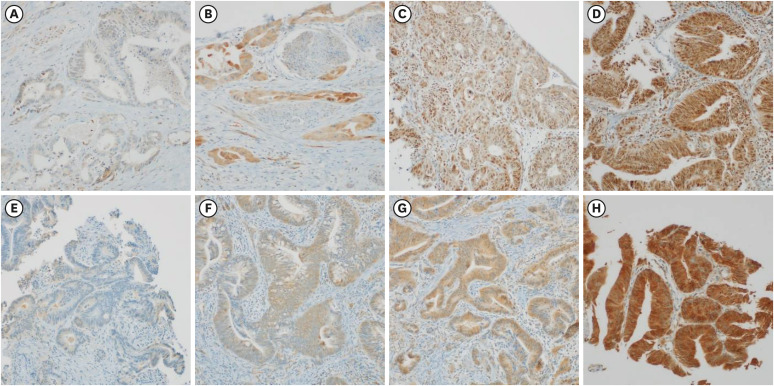
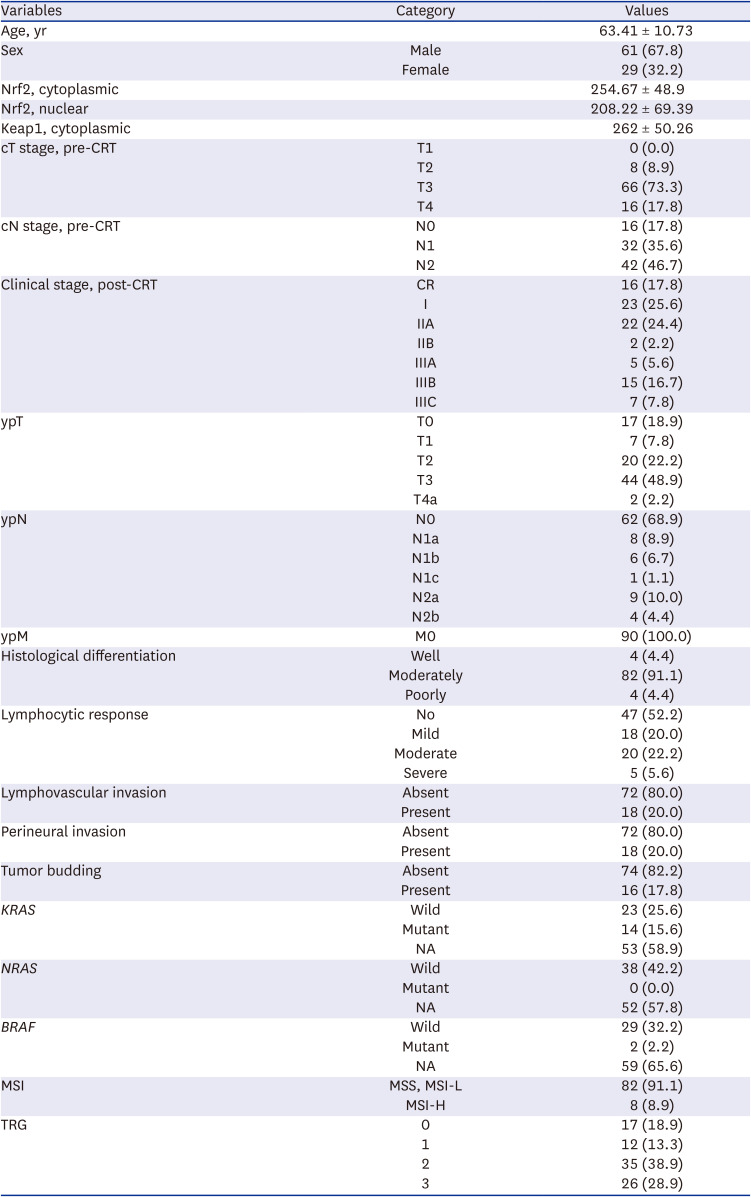
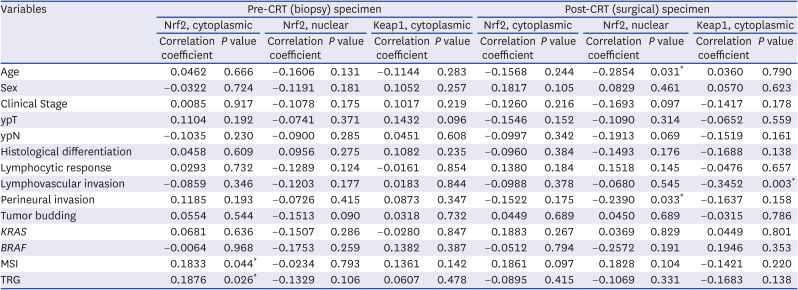
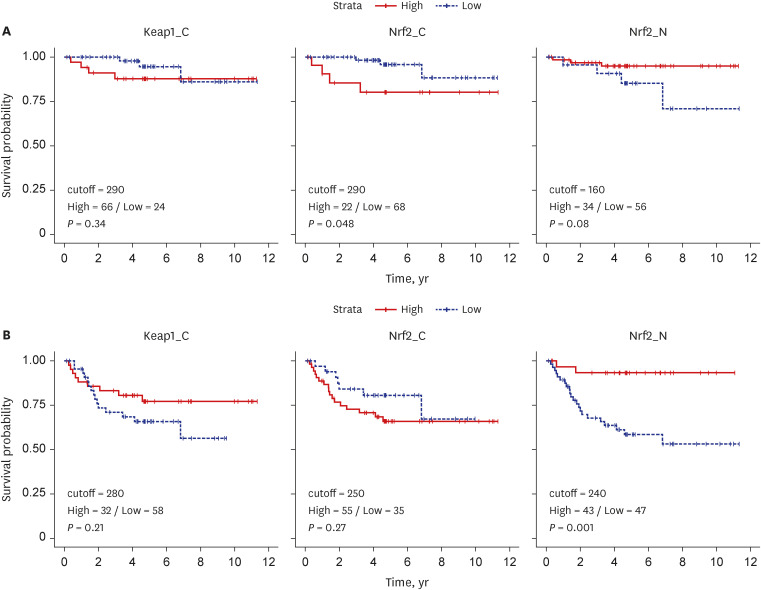





 PDF
PDF Citation
Citation Print
Print



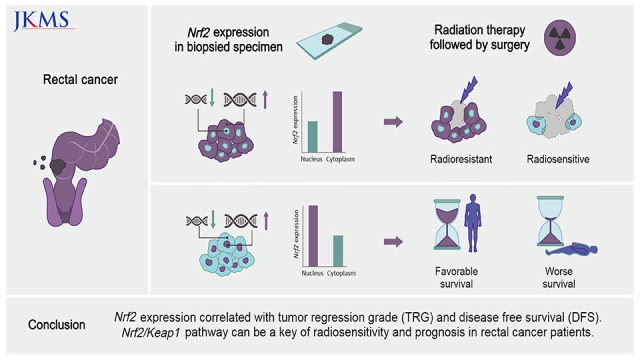
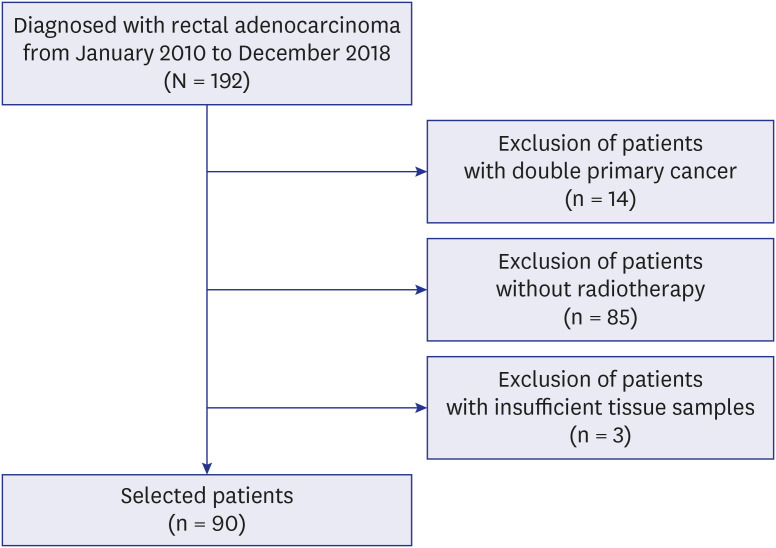

 XML Download
XML Download